Nothing quite compares to the thrill of seeing majestic African safari animals in their natural habitat. Whether it’s the roar of a lion at dawn or the silent grace of a leopard in a tree, Africa’s wildlife delivers raw, breathtaking encounters every single day. In this guide, we’ll explore the top 10 animals you’re most likely to spot on a safari tour, along with the best places and times to see them. Whether you’re heading to the Serengeti, Maasai Mara, or Kruger, these are the species that make every safari unforgettable.
The Iconic Big Five
1. African Elephant – The Gentle Giant
The African elephant, the largest land mammal on Earth, is a must-see for every safari-goer. Weighing up to 6,000 kg and standing over 10 feet tall, these creatures are not only massive—they’re intelligent, emotional, and awe-inspiring.
You’ll often find elephants in family herds, led by a matriarch. Watching them interact—whether it’s playful calves bathing in a river or elders locking tusks in a gentle duel—is pure magic. Their sheer size and calm demeanor make them one of the most photographed animals on safari.
Where to Spot Them:
- Serengeti National Park, Tanzania
- Amboseli National Park, Kenya (with Mount Kilimanjaro as a backdrop)
- Chobe National Park, Botswana (home to the largest elephant population in Africa)
Elephants are relatively easy to spot year-round, especially near water sources during dry seasons. They also help shape the ecosystem by knocking down trees and creating paths for other animals.
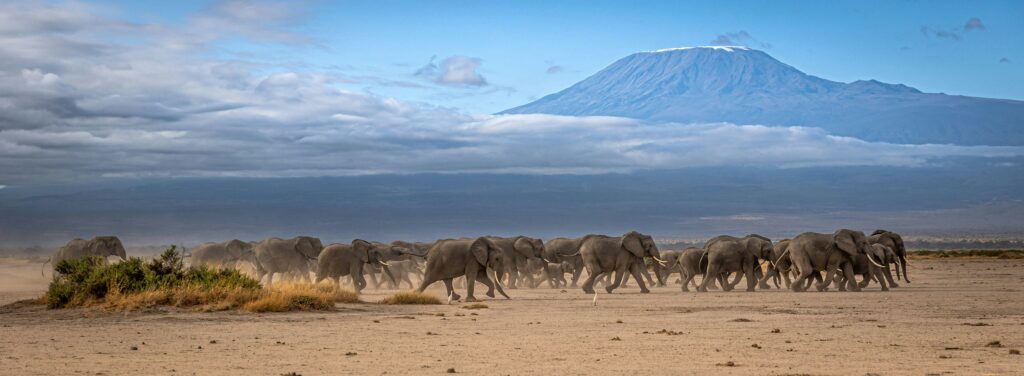
2. African Lion – The King of the Jungle
When people imagine African safari animals, the lion is usually top of mind. Known as the “King of the Jungle,” lions rule the grasslands of Africa with power, grace, and a distinctive roar that echoes for miles.
Lions are social cats, living in prides of up to 30 individuals. During a safari, you might spot them lounging under acacia trees, stalking prey in the tall grass, or feasting after a successful hunt.
Safari Tip: Early mornings and late afternoons are prime times for lion activity. During midday, they often rest in the shade to escape the heat.
Top Safari Destinations for Lions:
- Maasai Mara, Kenya
- Serengeti National Park, Tanzania
- Kruger National Park, South Africa
- Okavango Delta, Botswana
With over 20,000 lions left in the wild, seeing one in its natural territory is a privilege. Their population is under threat due to habitat loss and poaching, which makes conservation-focused safaris even more meaningful.
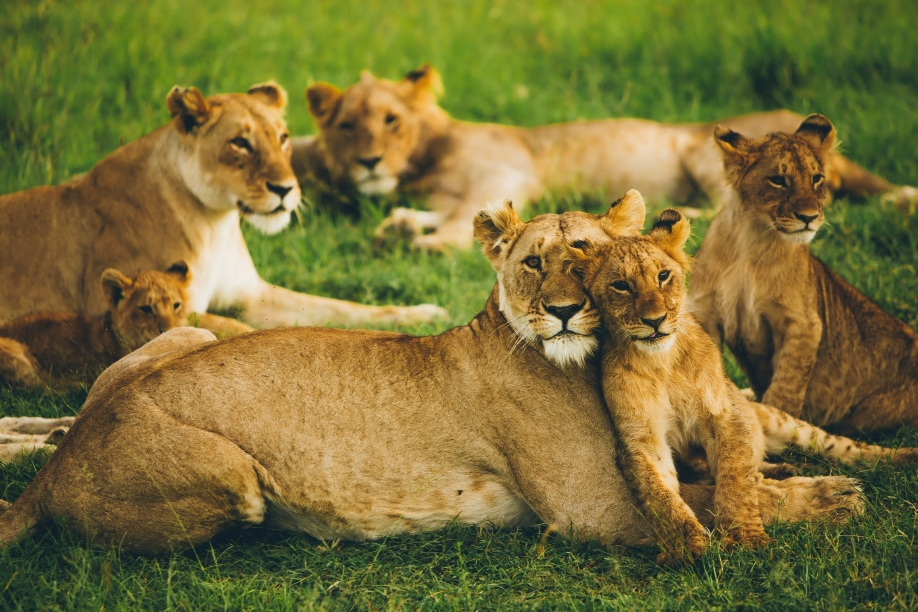
3. African Leopard – The Stealthy Predator
Elusive, beautiful, and fiercely independent—the African leopard is the stealth master of the bush. These solitary cats are expert climbers and often stash their prey high up in trees to avoid scavengers like hyenas and lions.
Unlike lions, leopards are nocturnal. Their spotted coats provide perfect camouflage in dappled light, making them harder to spot but incredibly rewarding when you do. Guides often use tracks and calls to locate them during morning and evening game drives.
Best Places to See Leopards:
- Sabi Sands Game Reserve, South Africa
- Serengeti and Ruaha National Parks, Tanzania
- Moremi Game Reserve, Botswana
Catching sight of a leopard in a tree, lazily draped across a branch or fiercely guarding a kill, is an unforgettable safari moment.
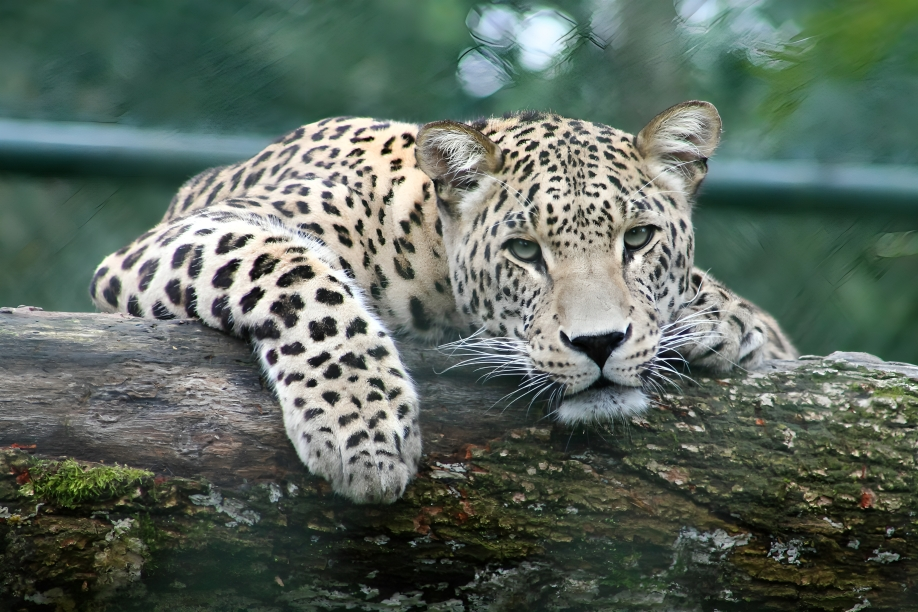
4. African Buffalo – The Fearless Tank
Don’t be fooled by their cattle-like appearance—African buffalos are among the most dangerous animals on safari. Weighing up to 900 kg, they’re known for their unpredictable behavior and legendary toughness.
Buffalos are herd animals and often move in large numbers, creating impressive scenes during game drives. They’re rarely far from water and graze heavily on grasslands.
Why You’ll Remember Them:
- Their large curved horns form an armor-like “boss” on males.
- They’re one of the most feared members of the Big Five due to their aggressive nature when threatened.
- Despite their aggression, watching a herd defend their young or confront predators like lions is a raw, primal experience.
Where to Spot Them:
- Serengeti and Maasai Mara
- Kruger National Park
- Lower Zambezi and South Luangwa in Zambia
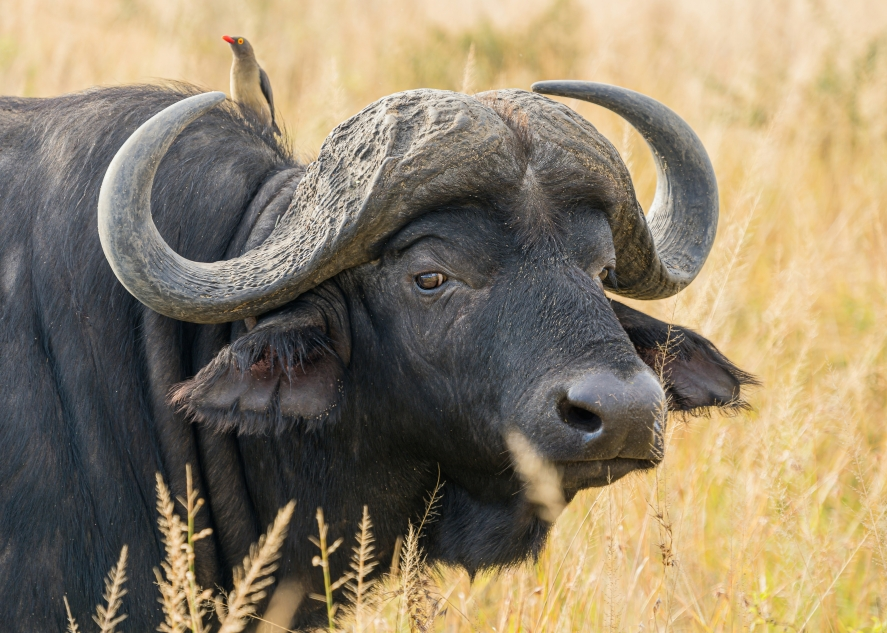
5. Rhinoceros – The Endangered Giant
The African rhinoceros, particularly the black and white rhinos, are critically endangered due to poaching and habitat loss. Seeing one on safari is not only rare—it’s emotional and powerful.
- White Rhinos are larger and more common, found mostly in Southern Africa.
- Black Rhinos are smaller, more aggressive, and critically endangered.
Rhinos are solitary grazers and often seen in open savannahs or woodland areas. While they may look docile, they can charge if threatened and run surprisingly fast.
Where to See Rhinos:
- Ol Pejeta Conservancy, Kenya (home to the last northern white rhinos)
- Lake Nakuru National Park, Kenya
- Hluhluwe–Imfolozi Park, South Africa
- Etosha National Park, Namibia
Many parks are involved in intensive protection programs, and visiting them helps support conservation efforts. For travelers passionate about saving endangered African safari animals, rhino-tracking safaris offer a powerful experience.
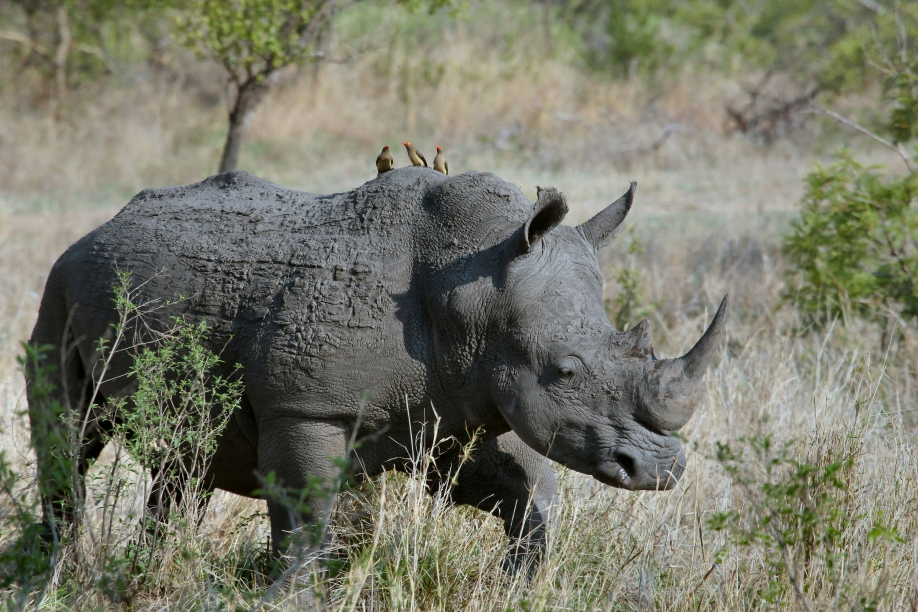
Other Must-See African Safari Animals
6. Giraffe – Nature’s Towering Beauty
One of the most recognizable African safari animals, the giraffe towers over the savannah with its long neck and elegant gait. Standing up to 6 meters tall, giraffes use their height advantage to browse leaves from acacia trees and keep watch for predators.
These gentle giants live in loosely structured herds and are often seen slowly ambling across open plains. Their coat patterns vary by species, and each giraffe has a unique spot pattern—like a fingerprint.
Interesting Fact:
Despite their height, giraffes only have seven neck vertebrae—just like humans!
Where to Spot Them:
- Serengeti & Tarangire National Parks, Tanzania
- Maasai Mara, Kenya
- Etosha National Park, Namibia
- South Luangwa, Zambia
7. Hippopotamus – River’s Hidden Giant
Often underestimated due to their aquatic lifestyle, hippos are among the most dangerous animals in Africa. They spend most of their time submerged in water to keep cool but emerge at dusk to graze.
Despite their bulk, they can run at surprising speeds on land and are known to be fiercely territorial in water. Hippo pods are a common sight during boat safaris, especially in rivers and wetlands.
Best Places to See Hippos:
- Mara and Talek Rivers, Kenya
- Grumeti and Rufiji Rivers, Tanzania
- Okavango Delta, Botswana
- Luangwa River, Zambia
Watching them yawn wide—revealing massive tusks—is a memorable moment for any safari-goer.
8. Zebra – The Striped Wonder
No list of African safari animals is complete without the dazzling zebra. Their striking black-and-white stripes serve as camouflage and help deter biting insects. Zebras are social animals often seen in herds, grazing alongside wildebeest and antelope.
Zebras are incredibly photogenic and symbolic of African safaris. Their playful interactions, constant movement, and quirky personalities make them a favorite among photographers and families.
Types of Zebras:
- Plains Zebra (most common)
- Grevy’s Zebra (endangered, seen in northern Kenya)
- Mountain Zebra (southern Africa)
Top Spots:
- Maasai Mara & Serengeti (especially during the Great Migration)
- Samburu National Reserve, Kenya (for Grevy’s Zebra)
9. Cheetah – Speed and Elegance Combined
The cheetah is the fastest land animal on Earth, capable of reaching speeds up to 110 km/h (68 mph) in short bursts. Unlike lions or leopards, cheetahs hunt during the day and rely on vision and speed rather than stealth or strength.
You’ll often find them perched on termite mounds scanning the plains for prey. Their slender bodies, black “tear lines,” and intense eyes make them incredibly photogenic.
Where to See Cheetahs:
- Serengeti & Ndutu Plains, Tanzania
- Maasai Mara, Kenya
- Kgalagadi Transfrontier Park, South Africa & Botswana
- Central Namibia
Spotting a cheetah in mid-hunt is one of the most exhilarating safari experiences imaginable.
10. Hyena – The Misunderstood Hunter
Often portrayed as villains in movies, hyenas are actually complex, intelligent, and highly efficient hunters. They live in matriarchal clans and use powerful jaws to crush bones, leaving very little behind.
Hyenas have a haunting, laughing call that echoes across the plains at night. They’re both scavengers and skilled hunters, sometimes even chasing down prey without a lion in sight.
Where You’ll See Hyenas:
- Serengeti and Maasai Mara
- Hwange National Park, Zimbabwe
- Etosha National Park, Namibia
- Selous Game Reserve, Tanzania
Watch closely, and you’ll come to appreciate their intelligence, endurance, and unique role in the African ecosystem.
Where to Spot These Animals
The best places to see African safari animals vary depending on the species, but here are top parks renowned for offering all or most of the Big Five and more:
| Park/Reserve | Country | Highlights |
|---|---|---|
| Serengeti National Park | Tanzania | Great Migration, Big Cats, Elephants |
| Maasai Mara National Reserve | Kenya | Wildebeest crossings, Lions, Cheetahs |
| Kruger National Park | South Africa | Excellent Big Five visibility |
| Okavango Delta | Botswana | Water safaris, Elephants, Hippos |
| Etosha National Park | Namibia | Dry season viewing, Rhinos |
🧭 Pro Tip: Choose parks based on seasonal animal movements and preferred safari style—game drives, boat safaris, or walking safaris.
Best Time to See African Safari Animals
While you can see wildlife year-round, timing your trip improves your chances of seeing specific animals or behaviors:
- June to October (Dry Season): Easier sightings, animals congregate near water, best for Big Five.
- January to March: Calving season in the Serengeti and Ndutu—perfect for predator action.
- November to December: Short rains, lush green backdrops, and fewer tourists.
Explore our curated safari packages that match the best times for spotting your favorite animals.
How to Book Your Safari Experience
Ready to witness these animals up close?
At Regal Tracks Safaris, we craft personalized safari tours that put you in the heart of Africa’s wildlife. Whether you’re after luxury or budget-friendly adventure, we have something for everyone.
- 📧 Contact us today to start planning your safari.
- 📦 Explore our customizable safari packages
From game drives to night safaris and cultural add-ons, your dream wildlife adventure is just a few clicks away.
Conclusion
Africa’s wild heart beats through its animals—and there’s no better way to connect with nature than on safari. Whether you’re dreaming of lions roaring at dawn, elephants grazing beneath acacia trees, or leopards resting in trees, the continent offers unforgettable encounters with African safari animals.
So pack your camera, bring your curiosity, and let us help you plan the ultimate wildlife journey. With expert guides, handpicked lodges, and tailored itineraries, Regal Tracks Safaris ensures your safari is everything you imagined—and more.
FAQs
1. What are the Big Five African safari animals?
The Big Five are lion, leopard, elephant, buffalo, and rhinoceros—named for being the most challenging animals to hunt on foot, now iconic safari must-sees.
2. Which African safari animal is hardest to spot?
Leopards are the most elusive due to their solitary, nocturnal habits and excellent camouflage.
3. What’s the best time of year to see the Great Migration?
July–October is prime time for river crossings in Serengeti and Maasai Mara. January–March is ideal for calving season.
4. Is it safe to go on safari?
Yes! Guided safaris follow strict safety protocols. Stay in the vehicle, follow your guide’s instructions, and enjoy the experience.
5. Can I see all these animals in one trip?
Absolutely—parks like Serengeti, Maasai Mara, and Kruger offer a chance to see all 10 animals in a single multi-day safari.
One Response